While Israel continued to attack Gaza, Hamas launched an information war and gradually changed the Arab world 's attitude towards them.
Six days after the massive raid on Israeli territory on October 7, Hamas posted a video on Telegram of its fighters caring for Jewish children in the Holit settlement on the day of the attack. In the video, Hamas fighters attempt to comfort two frightened children and bandage the injured one.
Video of Hamas gunmen taking care of children. Video: X/IDF
Some experts say the video is ineffective with Western public opinion and could even have the "opposite effect".
“It shows that Hamas doesn’t understand the West,” said Michael Milshtein, a former Israeli intelligence officer who specializes in Palestinian media analysis. “Hamas thinks Westerners are so naive that if they see themselves cuddling and cuddling children, they will change their opinion of the group. It’s ridiculous.”
However, the video received a positive response from people in Palestine and other Arab countries. It was posted on the Facebook page for Egyptian readers of Al Jazeera , a news agency based in Qatar, attracting more than 1.4 million views and nearly 75,000 likes.
About 3,000 people commented on the video, most of them praising it. One account said the video showed "the moral qualities of fighters of the Islamic resistance movement."
On October 16, Hamas released another video showing an Israeli hostage being treated for injuries in Gaza. In the video, the hostage identified herself as Mia Schem, 21, who was wounded in the arm on October 7 and underwent surgery at a Hamas hospital in the Gaza Strip shortly after.
"They are taking care of me and giving me medicine. Everything is fine. I just ask them to let me go home soon," Schem said, without mentioning the cause of his injury.
Ghaith al-Omari, a former adviser to the Palestinian Authority in the West Bank, said the videos led many Arabs to believe that Hamas was “humane and respected the Islamic laws of war”.
Israeli hostage Mia Schem speaks from the Gaza Strip in a video released by Hamas on October 16. Video: X/Aldanmarki
“This view has spread throughout the Arab world, not only in pro-Hamas media but also in Jordan, Egypt and North Africa,” al-Omari said.
According to Islamic law, warring parties must protect civilian lives, respect the dignity of the enemy, and not destroy enemy property unless it is for military purposes or unintentionally.
Western experts believe that Hamas’ main purpose in attacking Israel on October 7 was to create a “tincture” to incite a large-scale Palestinian protest movement against Tel Aviv, including in the West Bank, which Hamas does not control. In particular, the information front played an important role in helping this “tincture” spread.
After Hamas militants infiltrated Israeli territory, pro-Hamas media continuously updated videos and images of the "victories" that this force caused, such as burning cars or Israeli youths being tied up at a music festival. "These blessed actions are for all of you," the host of Hamas' Al-Aqsa channel told Palestinian viewers on television.
The channel then broadcast a message from Hamas deputy leader Saleh al-Arouri, calling on Palestinians in the West Bank to rise up against settlers and Israeli soldiers, as Tel Aviv is focused on fighting the Gaza Strip and cannot divide its forces into "other fronts".
Similar messages were also issued by other senior Hamas officials and were repeated repeatedly on pro-Hamas media channels.
However, no large-scale uprising occurred in the West Bank. The Israel Defense Forces (IDF) then pushed Hamas militants back into the Gaza Strip a few days later, and launched unprecedented airstrikes and artillery shelling into the territory in retaliation, killing thousands of Palestinian civilians.
Public opinion in many countries initially supported Israel's response, but as civilian casualties in Gaza continued to rise, the balance of public opinion began to shift. Protests broke out in the United States and Europe, demanding that Israel cease fire and respect the laws of war to avoid civilian casualties.
Observers say this is arousing international sympathy for the people of Gaza, and making Hamas' argument that it is the oppressed party more convincing. Talal Okal, a commentator for the West Bank-based Al-Ayyam newspaper, said Israel had "defeated itself" in the media war.
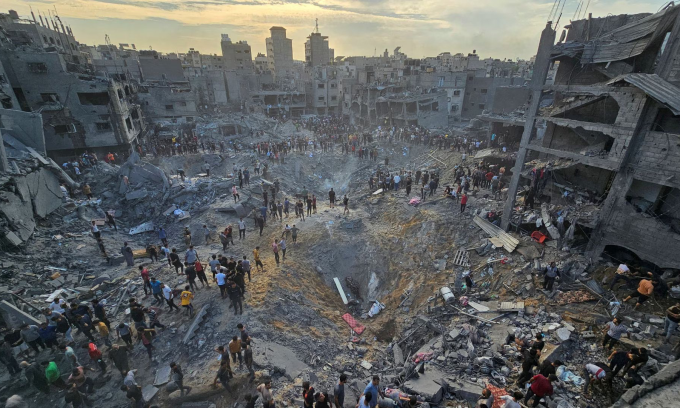
A scene of devastation at the Jalabia refugee camp in the northern Gaza Strip after an Israeli airstrike on October 31. Photo: Reuters
Pro-Hamas media outlets have also played a significant role in spreading this view, actively posting videos and images of casualties in the Gaza Strip after Israeli raids. Notably, Al Jazeera, the media outlet with the most cameras installed in Gaza, has a reputation for using pro-Hamas language, referring to the group's fighters as "resistance forces" and the IDF as "occupying troops."
Senior Hamas leaders have praised Wael al-Dahdouh, Al Jazeera's Gaza bureau chief, for the way he covers the Israel-Hamas conflict from the group's perspective.
Other major Arab media outlets, such as Saudi-based Al Arabiya and UAE-based Sky News Arabia, initially did not report on Al Jazeera’s coverage, partly because the two countries have poor relations with Hamas. Riyadh and Abu Dhabi have also recently improved relations with Israel, with the UAE normalizing bilateral relations in 2020 and Saudi Arabia planning to do the same.
In the early stages of the conflict, Al Arabiya and Sky News Arabia's reports were often critical of Hamas, calling it an "attack" by the group on Israeli territory. Sky News Arabia journalist Nadim Koteich on October 8 appeared to support Israel's tough retaliation, comparing Hamas's attack to the 9/11 tragedy in the US. "Hamas's actions were a calculated coup against the Israeli-Saudi peace effort," Koteich said.
However, as information about casualties in the Gaza Strip became more and more available, these media outlets gradually changed their attitude towards the conflict, no longer using the term "Hamas attack" but calling it "the war in Gaza". Al Arabiya and Sky News Arabia have recently increased their videos and images of civilian casualties in the Gaza Strip after Israeli airstrikes.
Surveys show that Palestinian support for Hamas is rising sharply in the West Bank, partly because of Israel's "brutal retaliation," according to Ghassan Khatib, a political scientist at Birzeit University in the West Bank.
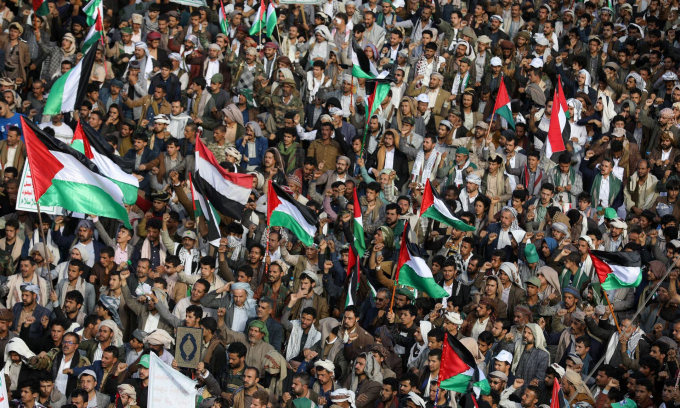
People take to the streets to show support for Palestine in Sanaa, Yemen, on October 18. Photo: Reuters
Because of the siege and fierce fighting in the Gaza Strip, news agencies and UN agencies have used casualty figures from health authorities in the Hamas-controlled strip.
On October 17, Hamas accused Israel of bombing Al-Ahli Hospital in the central Gaza Strip, killing at least 500 civilians. The IDF denied the accusation, posting video and photo evidence, claiming that the hospital explosion was caused by a rocket fired by the Palestinian Islamic Jihad (PIJ).
However, Shibley Telhami, a political scientist at the University of Maryland in the US, said Israel is currently the "losing side" in the information war with Hamas and that US support for Tel Aviv has also affected Washington's image in the Arab world.
"With public opinion in the Middle East and developing countries, Mr. Biden is becoming similar to President George W. Bush in the war in Iraq," Telhami commented.
George W. Bush was the one who ordered the military campaign in Iraq in 2003 to overthrow the regime of President Saddam Hussein on the pretext that the country possessed and developed weapons of mass destruction. However, Mr. Bush later received a lot of criticism, especially in the Arab world, when no evidence of weapons of mass destruction was found in Iraq after the attack.
Pham Giang (According to New Yorker )
Source link


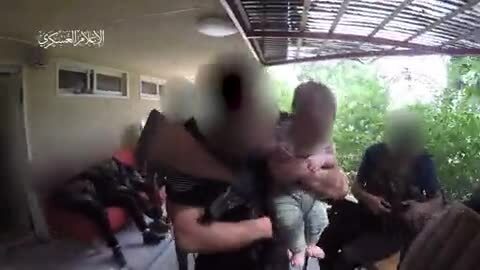
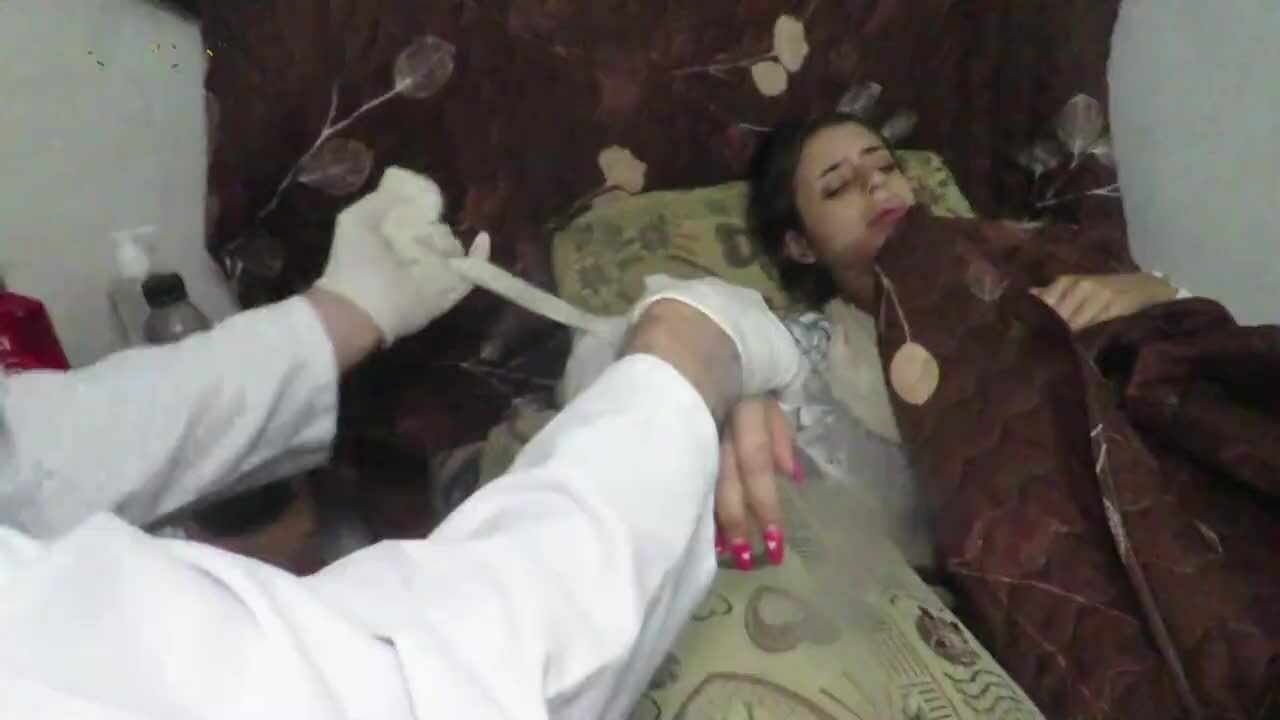








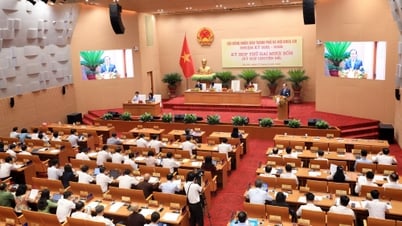

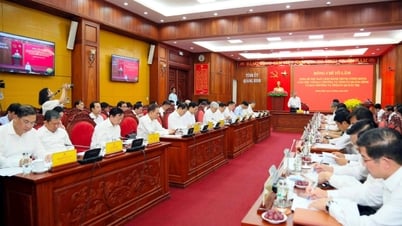
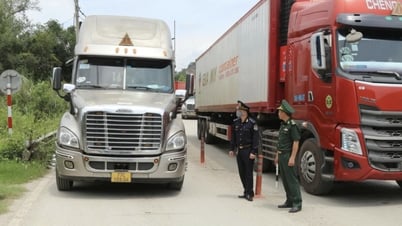












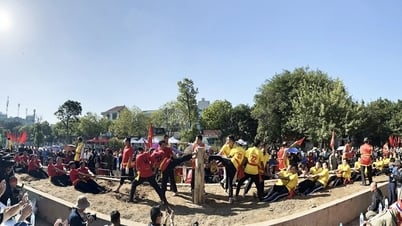

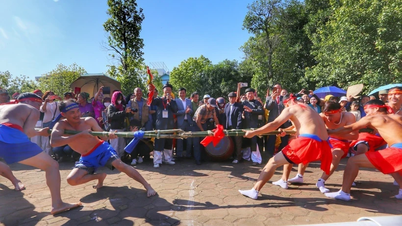

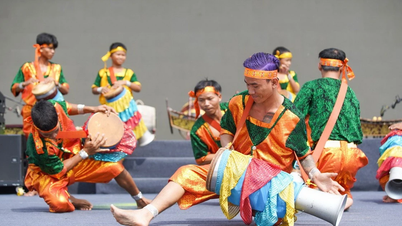


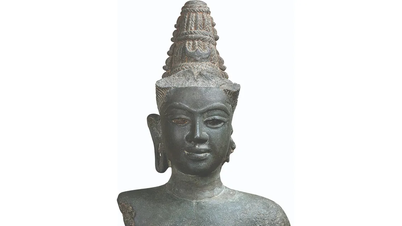










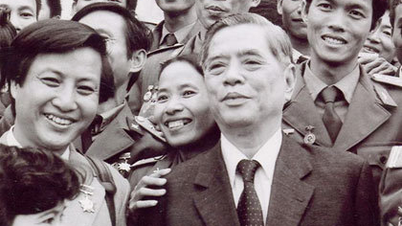















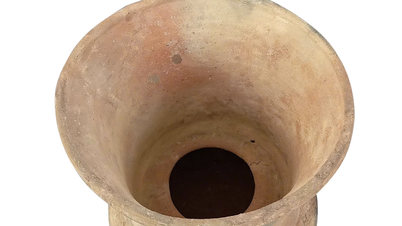

![[Infographic] Circular guiding the functions, tasks and powers of the provincial Department of Culture, Sports and Tourism and the commune-level Department of Culture and Social Affairs](https://vphoto.vietnam.vn/thumb/402x226/vietnam/resource/IMAGE/2025/6/29/877f24989bb946358f33a80e4a4f4ef5)











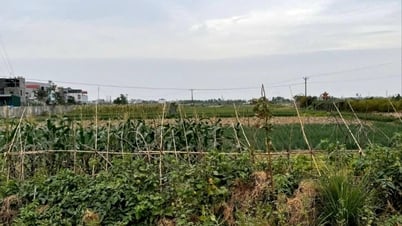





















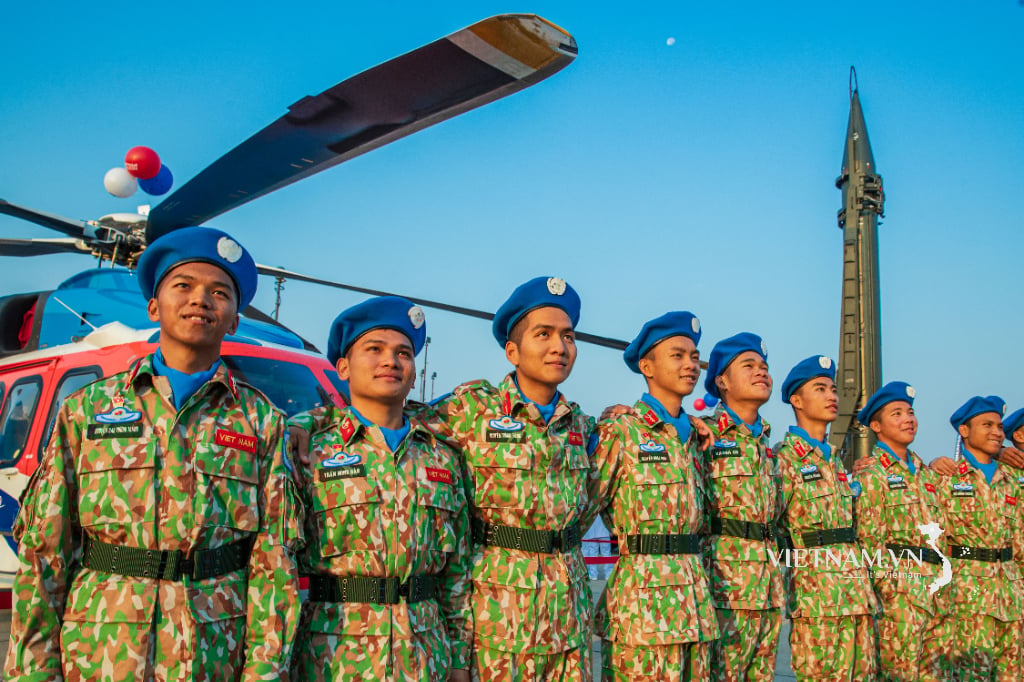

Comment (0)